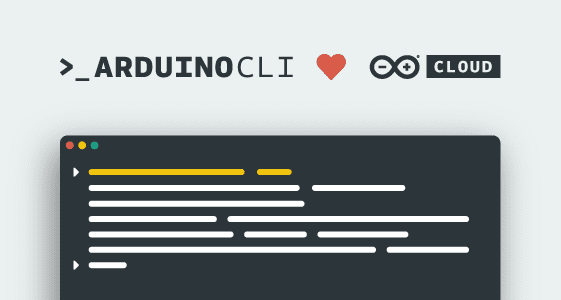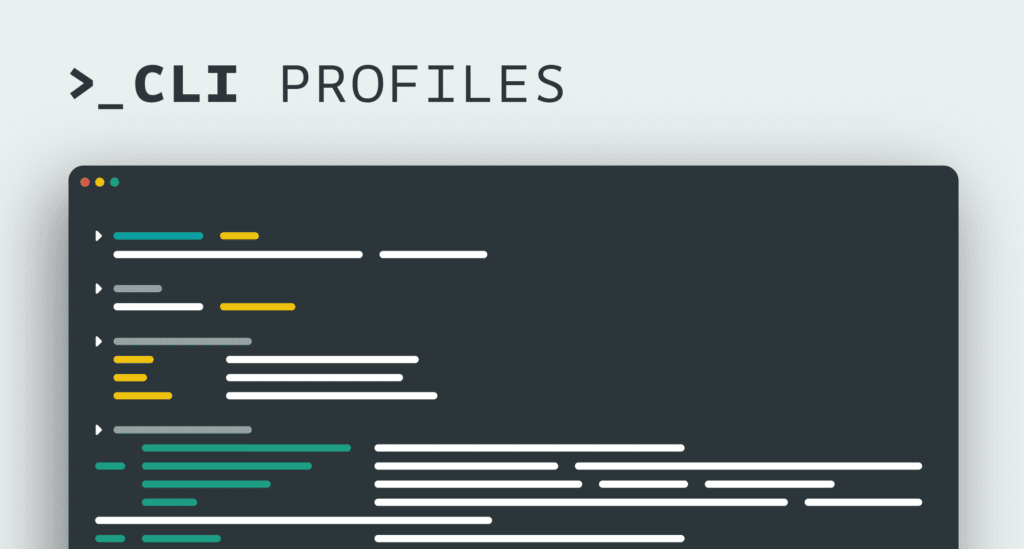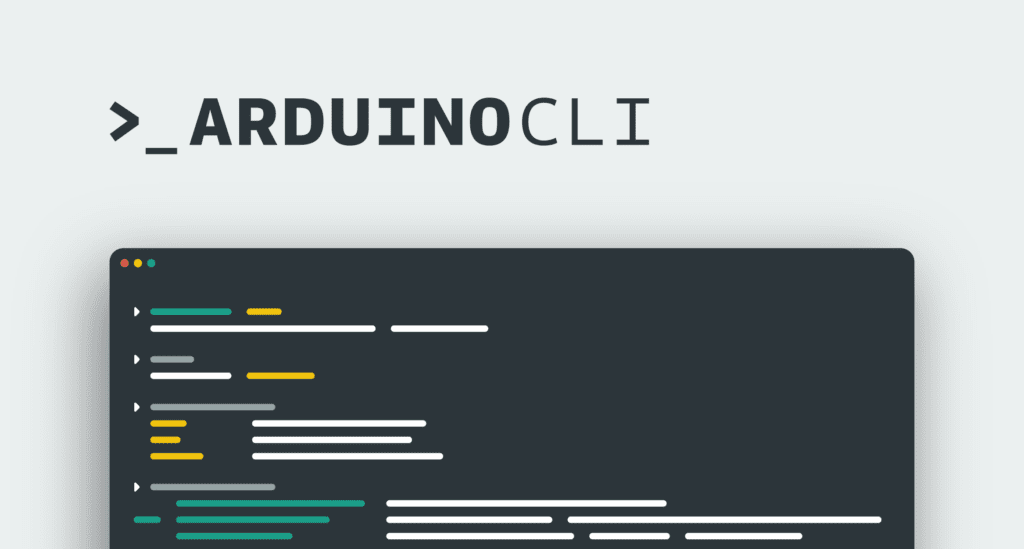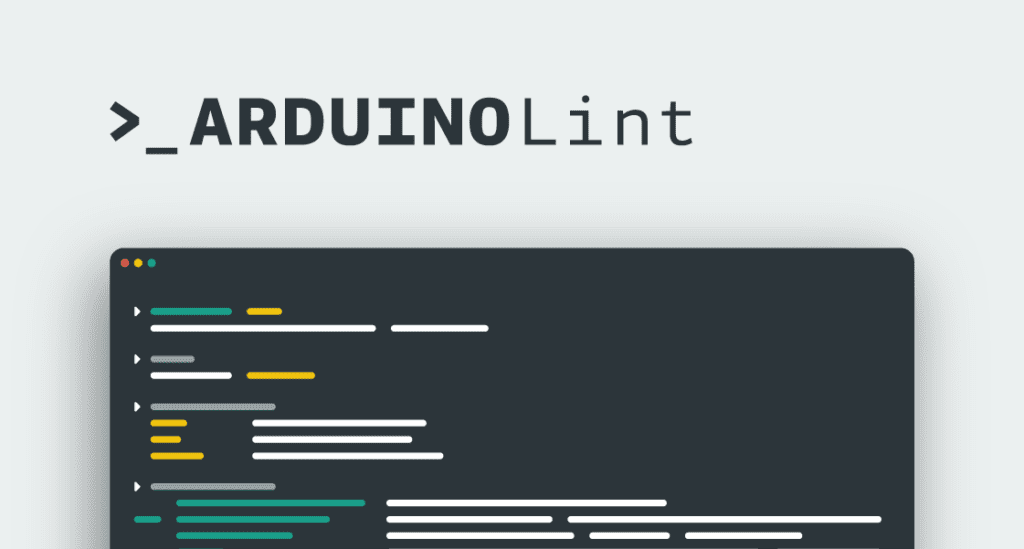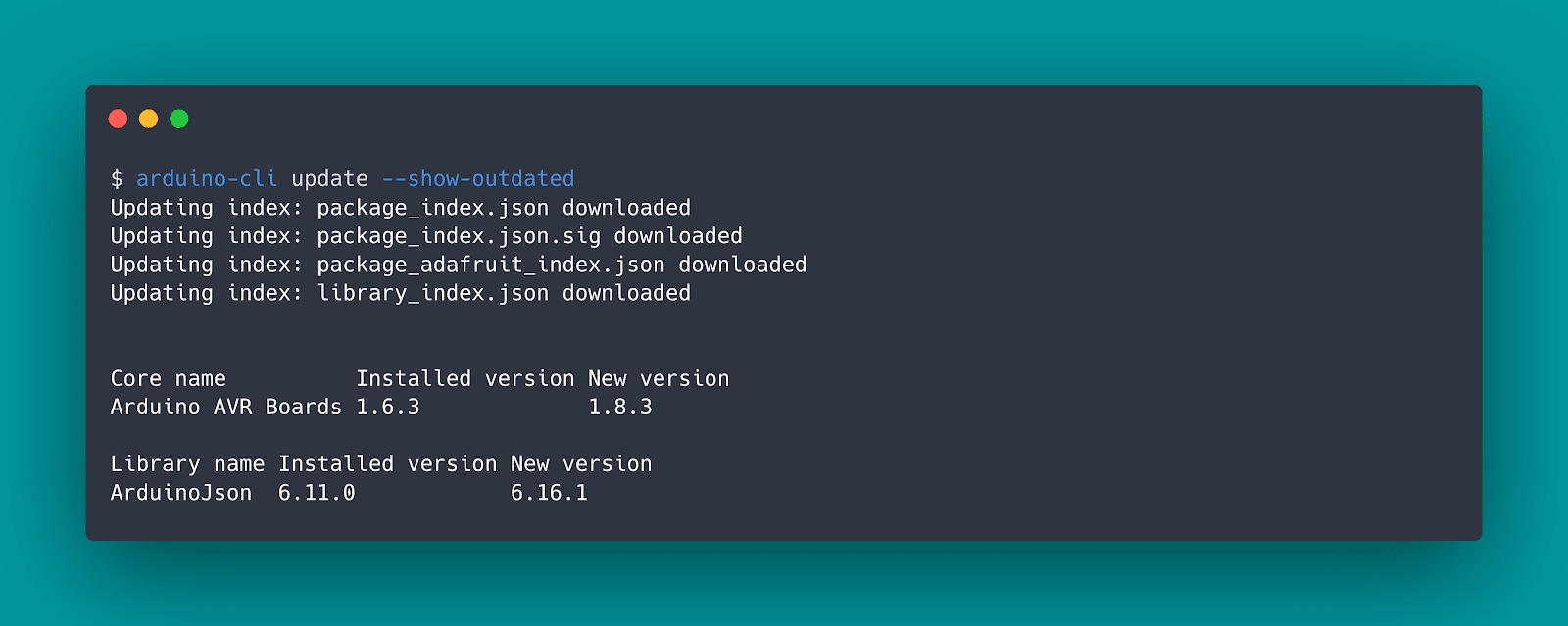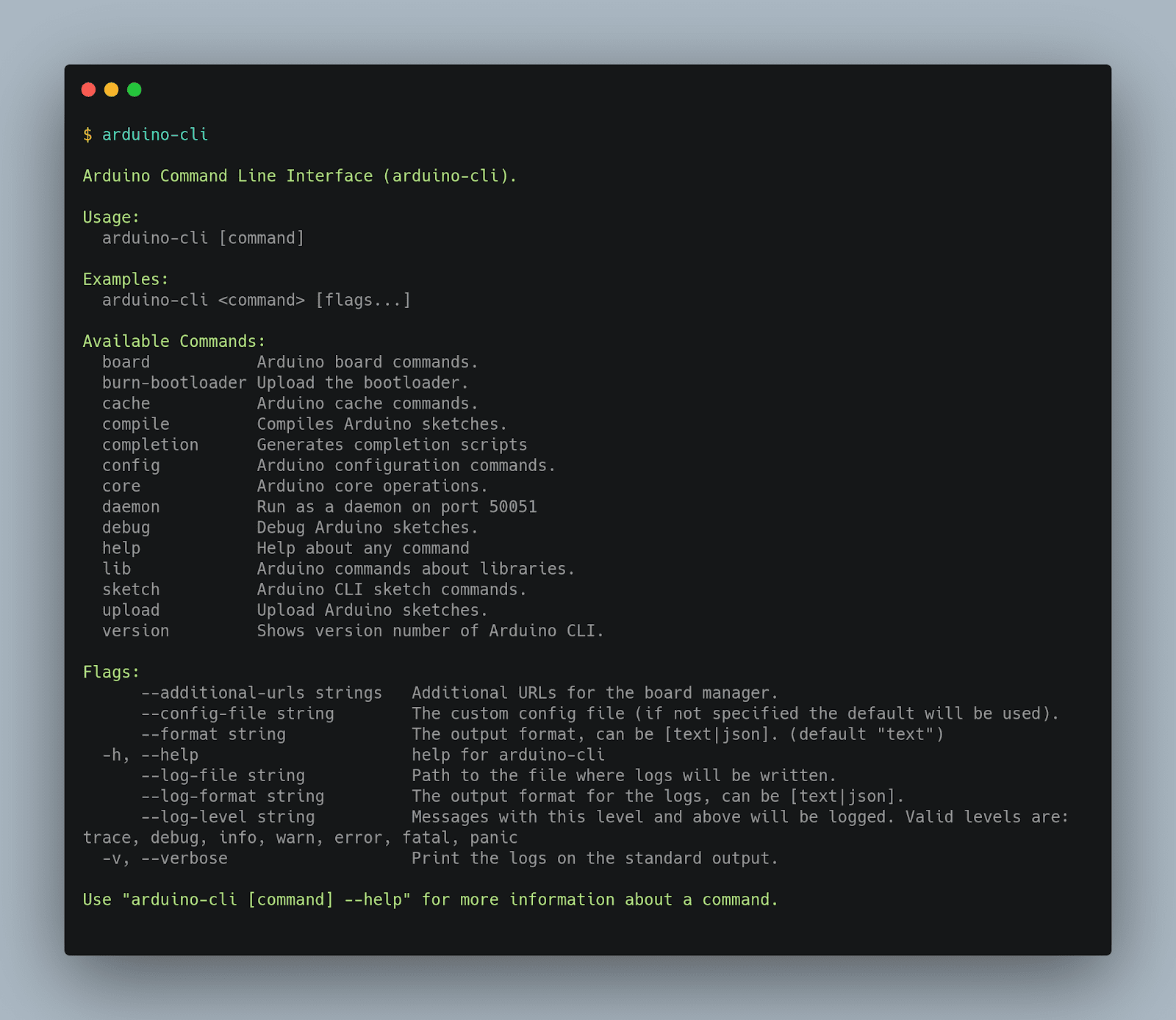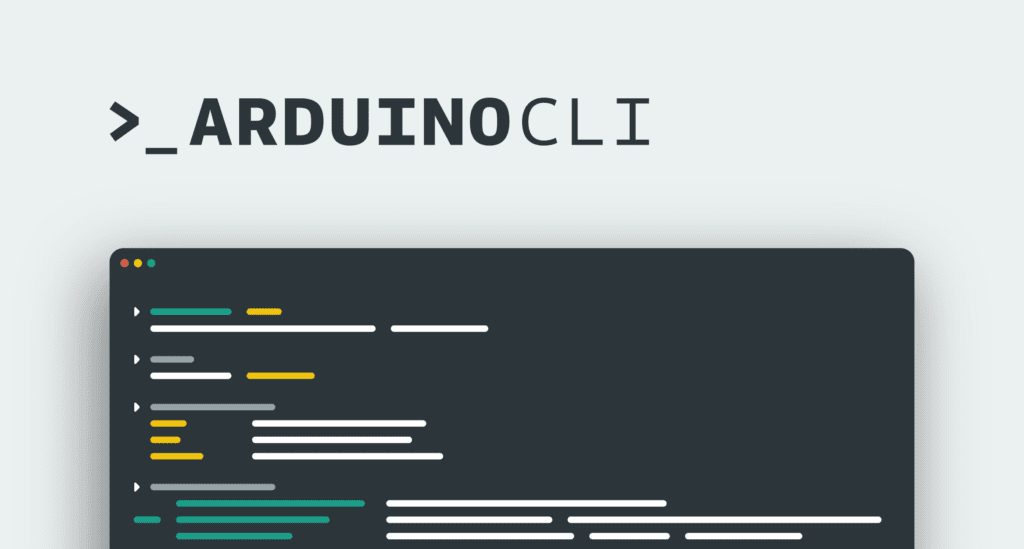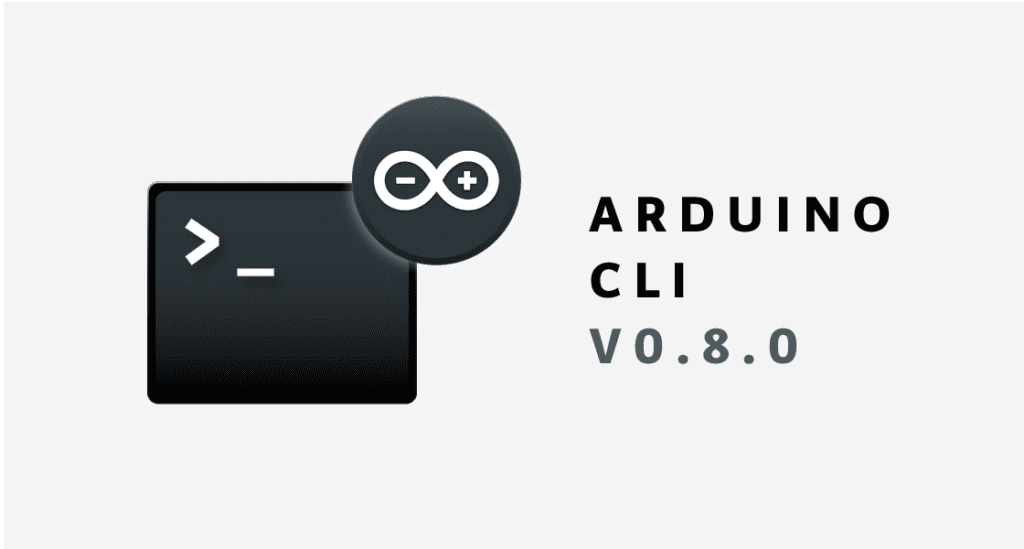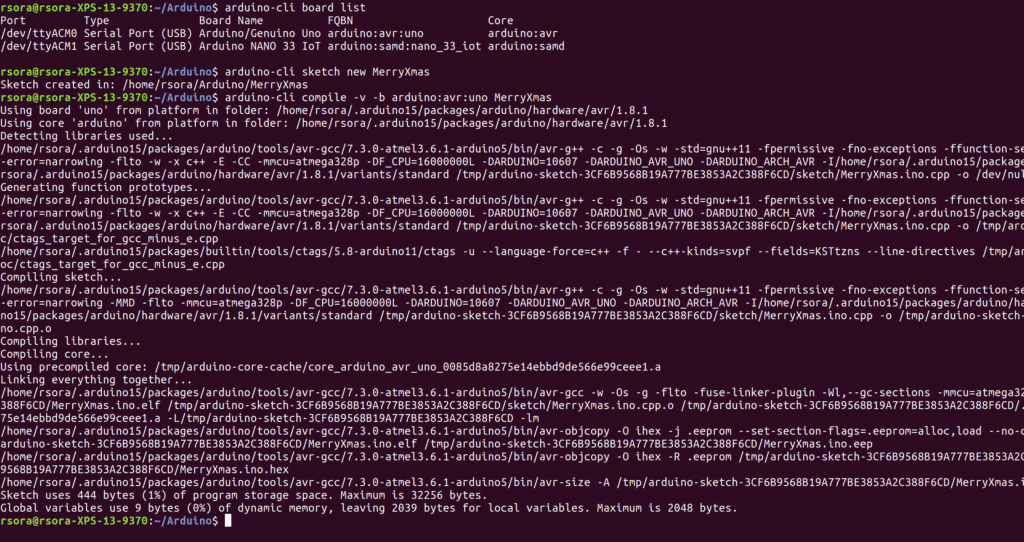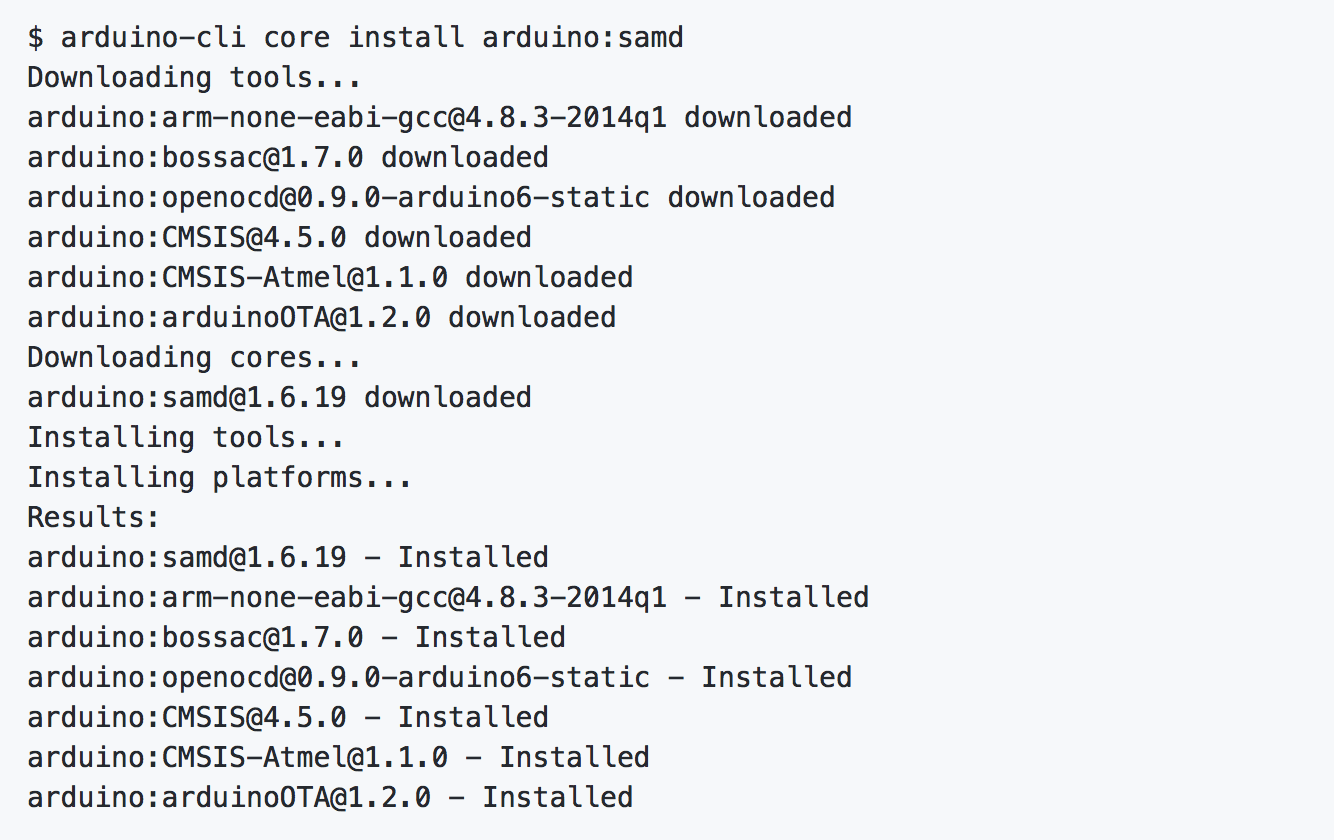Schlagwort: Arduino CLI
-

Arduino CLI 1.0 is out!
Reading Time: 2 minutesWe are excited to share some incredible news with you all! We recently released the Arduino CLI version 1.0.0, marking a significant milestone for our software. This release is a big deal because it signifies the stabilization of the software API, bringing greater reliability and predictability to our users and developers leveraging…
-

Mass scale with the new Arduino Cloud CLI
Reading Time: 4 minutesThe Arduino IoT Cloud enables makers, IoT enthusiasts and professionals to build easily connected projects based on a wide range of Arduino, ESP32, and ESP8266 boards. Following Arduino’s vision, it has been carefully designed to provide the most user-friendly and intuitive experience, abstracting the complex tasks that create barriers for users who…
-

Arduino CLI 0.23 makes your projects future-proof with Build Profiles
Reading Time: 4 minutesThis new release of Arduino CLI delivers more than the usual bug fixes and performance enhancements. Today we’re delighted to bring you Build Profiles. These have been long in the works and we kept it a bit hush-hush despite releasing a public RFC a bit shy of a year ago. Build Profiles…
-

The new Arduino CLI 0.19.0 is out and better than ever!
Reading Time: 2 minutesArduino Team — September 2nd, 2021 There’s a truckload of news from the Arduino Tooling Team today: Arduino CLI 0.19.0 is now available! This release has tons of great enhancements, exciting new features and heaps of bug fixes. Some things required quite a bit of breaking changes but they’re worth the hassle.…
-

Arduino CLI 0.16.0 is ready for you all!
Reading Time: < 1 minuteArduino CLI 0.16.0 is ready for you all! Arduino Team — February 15th, 2021 This article was written by Silvano Cerza from the Arduino Tooling Team. Big news from the Arduino Tooling team: The new Arduino CLI version 0.16.0 has been released! You can now use arduino-cli core list –all to…
-

Detect problems with your Arduino projects
Reading Time: 4 minutesThis article was written by Per Tillisch, Tooling Team SW Engineer at Arduino. The Arduino team created a tool to check Arduino projects for common problems. Arduino Lint runs over 175 checks on your sketches, libraries, and boards platforms which cover specification compliance, Library Manager submission requirements, and best practices. Arduino Lint…
-

arduino-cli 0.14.0 is out and ready for the public!
Reading Time: 2 minutesarduino-cli 0.14.0 is out and ready for the public! Arduino Team — December 11th, 2020 This article was written by Silvano Cerza from the Arduino Tooling team. It’s been a while, so this time around you’re in for a treat. Don’t forget to go through the list of breaking changes and the…
-

CLI and IDE get better together
Reading Time: 2 minutesCLI and IDE get better together Arduino Team — August 24th, 2020 This article was written by Silvano Cerza and Ubi de Feo from the Arduino Tooling team. Over the past two months our newly established Tooling Team has taken over operations concerning the Arduino CLI and Pro IDE. We’ve been silent…
-

The three pillars of the Arduino CLI
Reading Time: 5 minutesThe Arduino CLI is an open source command line application written in Golang that can be used from a terminal to compile, verify and upload sketches to Arduino boards, and that’s capable of managing all the software and tools needed in the process. But don’t get fooled by its name: the Arduino…
-

The Arduino CLI just got some new exciting features
Reading Time: 3 minutesThe arduino-cli tool just got some new exciting features with the release of 0.11.0: Command-line completion External programmer support Internationalization and localization support (i18n) Command-line completion Finally, the autocompletion feature has landed! With this functionality, the program automatically fills in partially typed commands by pressing the tab key. For example, with this…
-

Hands-on with the Arduino CLI!
Reading Time: < 1 minuteHands-on with the Arduino CLI! Arduino Team — April 23rd, 2020 In our last post, we told you that the Arduino CLI’s primary goal is to provide a flexible yet simple command line tool with all the features and ease of use that made Arduino a successful platform, and enable users…
-

arduino-cli 0.10.0 is out!
Reading Time: < 1 minutearduino-cli 0.10.0 is out! Arduino Team — April 16th, 2020 The Arduino CLI is steady as she goes! The team is constantly fixing issues and modeling the user experience thanks to the community’s feedback. Highlights for this release include: ‘board attach‘ command now also supports the upload port for an easier sketch…
-

arduino-cli 0.8.0 is here!
Reading Time: < 1 minutearduino-cli 0.8.0 is here! Arduino Team — February 14th, 2020 Our dev team is grateful for the high quality contributions that the project is receiving, and is working hard to collect all the lovely feedback we have received to shape the Arduino CLI into the best tool possible for the community!…
-

arduino-cli 0.7.0 is out!
Reading Time: < 1 minutearduino-cli 0.7.0 is out! Arduino Team — December 20th, 2019 Our dev team is about to kick off their holiday breaks, but not without sharing some exciting news first: the release of arduino-cli 0.7.0! Highlights include: Notarization compliance for macOS Some breaking changes: Remove Sketchbook concept, introduce user data folder “lib…
-

Announcing the Arduino Command Line Interface (CLI)
Reading Time: 3 minutes[youtube https://www.youtube.com/watch?v=3vtIisvxewc?feature=oembed&w=500&h=375] The Arduino team has been working hard to support the needs of our professional developer community. Many of you requested a way to use our tools in Makefiles, and wanted Arduino IDE features available via a fast, clean command line interface. How cool would it be to install project dependencies…

